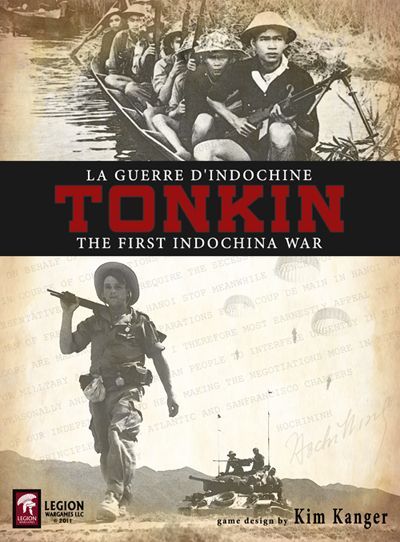Tonkin: The First Indochina War (Second Edition) (2012) Board Game
Tonkin: The First Indochina War is a strategic wargame that simulates the conflict between the French Union and the Viet Minh communist revolutionaries in Vietnam during the First Indochina War (1946–1954). This war marked the beginning of France’s involvement in Vietnam and ultimately led to the partitioning of the country.
Game Components of Tonkin: The First Indochina War
How To Setup Tonkin: The First Indochina War
Setting up the game involves placing the map, deploying the initial units according to the scenario, and setting up the supply dumps and victory point hexes. Each scenario has specific setup instructions, including the placement of political objective markers and the initialization of the victory point track. The rulebook provides detailed setup instructions, and players must consult the Reinforcements Chart and other information sheets to ensure accurate deployment.
Gameplay Mechanics and Game Objective
Mechanics
Game Objective
The objective for the French player is to maintain control and achieve victory points by capturing key hexes, while the Viet Minh player aims to drive the French out and reduce their victory points. The game ends after a set number of turns, with the final victory points calculated after additional phases of movement and attrition.
Player Experience
**Tonkin: The First Indochina War** offers a deeply strategic and immersive experience for players. The game is rated as medium to high complexity, requiring careful planning and management of resources. Players must balance long-term strategies with immediate tactical decisions, making it a game that rewards patience and understanding of the mechanics. The French forces face a challenging war of attrition, while the Viet Minh leverage their familiarity with the terrain to set up ambushes and disrupt French operations.
Pros
Cons
Personal Thoughts on Tonkin: The First Indochina War
**Tonkin: The First Indochina War** is not for the casual wargamer due to its complexity and lengthy playtime. However, for those who enjoy deep strategic games and are interested in the historical context of the First Indochina War, this game offers a rich and rewarding experience. Players who appreciate the nuances of supply management, unit deployment, and long-term planning will find this game highly engaging. It is ideal for experienced wargamers looking to delve into a detailed and challenging historical scenario.
We are supported by our audience. When you purchase through links on our site, we may earn an affiliate commission, at no extra cost for you. Learn more.

